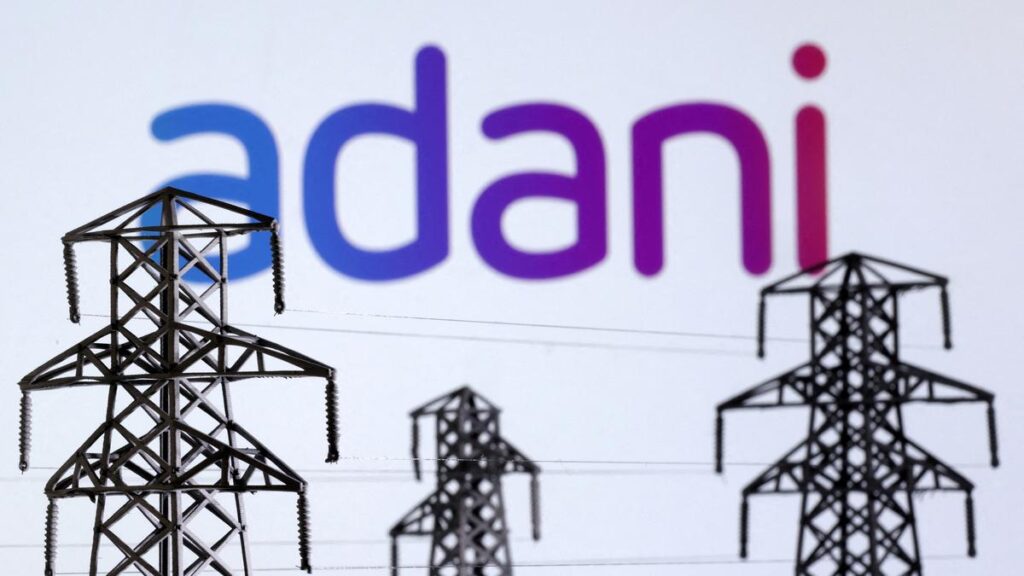Managing wealth becomes relatively easy if you design a process to choose equity investments. Here, we discuss a pecking order for choosing equity investments based on the argument asset allocation is the most important step in the investment process.
Top-down process
The pecking order for choosing equity investments considers two factors — the choice of benchmark index and the choice of an investment product, given the benchmark index. Your first choice must be the broadest index available in the country in which you are investing. This is because you are making an asset class bet when you decide to allocate some of savings to equity investments. The default choice ought to be a passive product on the index. Your first choice must be exchange-traded funds (ETFs), as they are low-cost products. If ETF is unavailable, then your next choice must be an index fund.
Suppose you are unhappy with the products available on the broadest index in the investment destination, then move down to the large-cap index in the country; mid-caps and small-stocks can be risky for goal-based investments. Again, your default choice is an ETF. And if that is unavailable, then an index fund. The last choice is an active fund.
Default choice is a passive fund, as the decision reduces future regret. If you have the conviction in choosing an active fund appropriate for life goal, then you must do so. The choice must be based on your own analysis or research insights obtained from a fee-based investment advisor. Picking an active fund based on free advice or undisclosed ranking system published on websites may not be optimal.
Conclusion
If you were to choose a passive fund, then you need just one equity investment for each goal. This is because all products benchmarked to the same index will deliver similar returns. Suffice it to understand that a different passive fund for each goal is for operational efficiency, not a diversification measure. The argument is no different for an active fund, if you follow the pecking order discussed above. This is because large-cap active funds may have similar portfolios, though their returns need not be similar. But then, how many active funds can you have in your portfolio? True, choosing more active funds reduces your future regret of not selecting a fund that generates good returns. But more funds you have, more the clutter in your investment portfolio.
(The author offers training programmes for individuals to manage their personal investments)
Published – August 04, 2025 06:51 am IST





